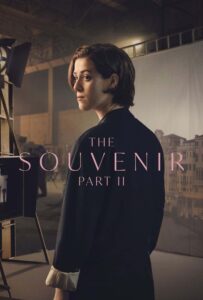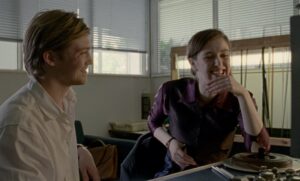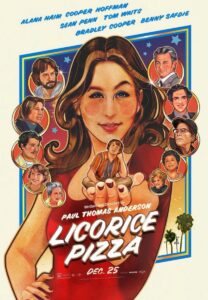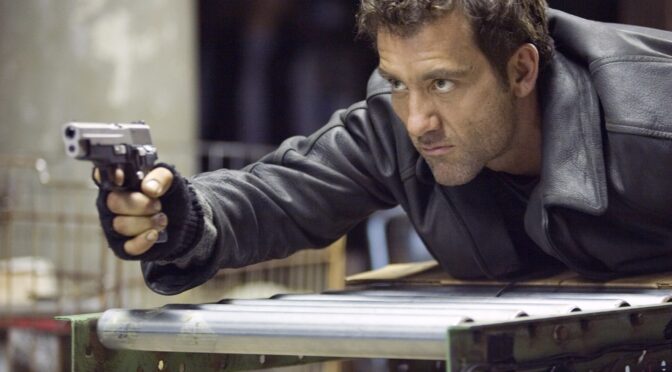
Monthly Archives: October 2022

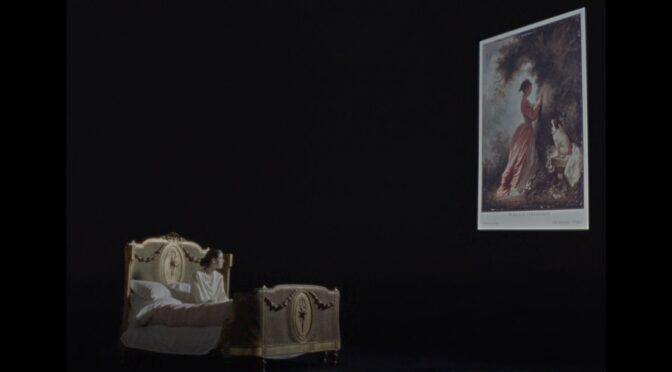
Top 20 Films of 2021: #4- The Souvenir: Part II
Films, they say, are made in the editing room. With due respect to all the crafts, the editor has the most comprehensively vital and perhaps difficult role of them all. The editor is the shortstop of the cinema world and all of the action has a way of inevitably going right through (and hopefully not past) them. When all the actors and craftspeople and even the director herself have done their jobs, it is the editor who sits in a little room with all the raw material that will become the film and painstakingly trims and assembles it until it is at last a finished motion picture. When they do it well (like pretty much any film edited by Martin Scorsese’s lifelong secret weapon, Thelma Schoonmaker) they can single-handedly make a film work. When they do it badly, you end up with Bohemian Rhapsody. In one scene from Joanna Hogg’s The Souvenir: Part II, her marvelous sequel to her masterful 2019 addiction drama, she gives a splendid, subtle salute to the value of the editor. Our heroine, Julie, is deeply mired in grief over the recent overdose of her toxic beau and she is just as bogged down in the ordeal of turning that traumatic relationship into a film for her graduate thesis. Things are going far from swimmingly. Her actors find the characters (based on Julie and her late junkie boyfriend Anthony) confusing and psychologically opaque. Her cinematographer keeps taking her to task in front of everyone for not providing a coherent enough shooting schedule. Her professors have little faith in her project and openly express doubts that she will even graduate on time. And then the handsome, suavely modest editor enters the picture and some small bit of gloom (though by no means all of it) dissipates. Enough for Julie to maybe see a path forward. He sweetly gives Julie new confidence in the movie she is making. He raises a beer with her and reminds her that there is something here after all, even if nobody can quite see it yet. The fog of filmmaking may be think but you just have to believe it will all come together. And “It’ll all come together” is engraved somewhere on the crest of every editor ever. Of all the small, two-scene performances in her film, what a sweet stroke of genius for Hogg to make this editor the most soothing, affable presence of all. Because that’s exactly the kind of calming, centering effect a great editor has for a filmmaker (and in this case, a human being in mourning as well). Even when you feel completely lost as a filmmaker and everything feels like it’s bearing down on you, the editor calms your nerves and assures you that it’s all going to be okay in the end. If there’s a film somewhere in all of this footage, they will find it for you. No wonder Julie tries to make a pass at the charismatic bloke. Who doesn’t go a little weak at the knees for an editor? Thelma Swoon-maker, am I right?

Top 20 Films of 2021: #5- Licorice Pizza
Every now and again, it feels like the critical community will assemble a quorum and make a motion to retire some turn of phrase that has been ground down to the nub. The most recent phrase to become cliched is saying that a film’s place is like an actual character in the film. New York City has been called a character so many times, it’s actually low-key scandalous that all five boroughs have never been nominated for an acting Oscar. I get the need to scale this tired metaphor back due to overuse. It also presents a challenge for me in writing a review of Licorice Pizza, Paul Thomas Anderson’s third film by my count to be immersed in his childhood stomping grounds, the San Fernando Valley. So, true to my word, I will not say that the Valley (Los Angeles’ sprawling, adult film-friendly neighbor to the north) is a character in Anderson’s latest home run. First, because it’s a lazy way of shortcutting what is better to fully describe. The early 1970’s Valley of Licorice Pizza is a richly shot, intricately specific (it feels instantly familiar even for someone like myself who has spent very little time there), entirely lived in part of the world. Its fast food drive ins, sushi bars, grubby convention centers, suburbs, fine dining establishments, high schools, dumpy mattress retailers and municipal golf courses all feel vibrant and down to earth at the same time. They are all the fine-tuned product of an artist who has spent a lifetime feeling both love and boredom for these old places. The Valley is not a character but a place in Licorice Pizza, and Anderson just has the visual flair and conceptual imagination to give that place fundamental importance; to render it like its details matter. Secondly, Licorice Pizza has no need of the Valley as a character because, as with any Anderson film, it is already uncommonly rich with actual characters, from its two fantastic leads down to a murderer’s row of phenomenal one-to-two scene roles. Anderson regular John C. Reilly plays Fred “Herman Munster” Gwynne for a literal instant, handily earning himself the honor of 2021’s best 10-second performance. The characters in Licorice Pizza are like characters and the Valley is like (like) a place, and both of those elements have been brought to the screen by one of the seminal talents of the last thirty years. I hope this brief foray into place as character, character as place, and each thing as itself hasn’t been too disorienting. But if it has been, I hope you’ll forgive it in this case, seeing as blissful disorientation is one of Licorice Pizza‘s prominent virtues.
